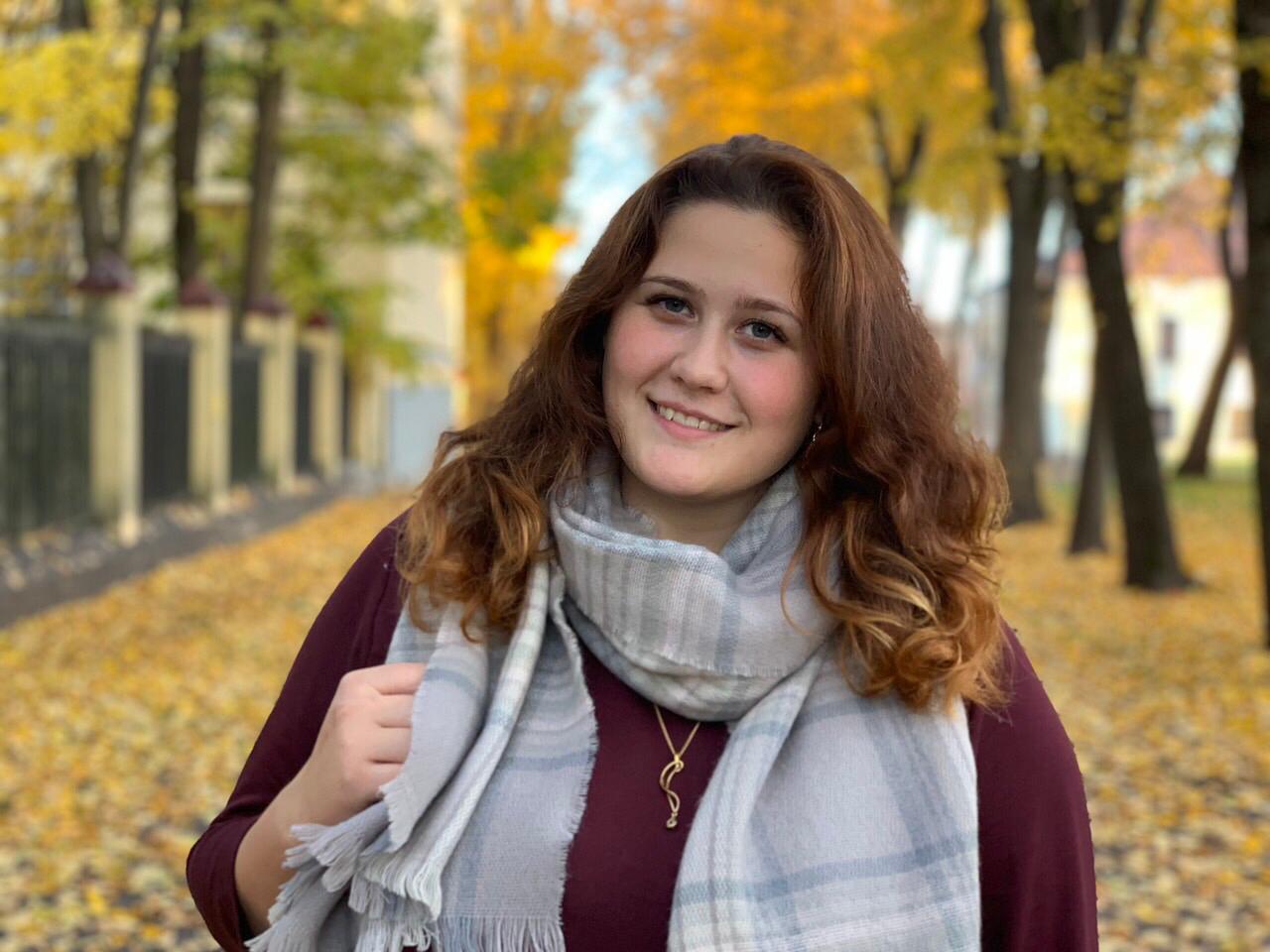
Bone marrow transplant (BMT) is a relatively new method of treatment, it has been used since the 70s of the 20th century. However, as a rapidly developing treatment it becomes more widely available.
Most often, BMT is used to treat cancer patients. However, it may be a recommended treatment or even the only option for some other diseases.
The world’s first successful BMT was performed in 1968. In the 70s, this procedure was already applied to dozens of patients. Edward Donnall Thomas earned a Nobel Prize in 1990 for establishing bone marrow transplantation as a successful treatment for leukemia. Despite its complexity, to date BMT has saved hundreds of thousands of lives.
The different types of BMT include the following:
- Allogeneic bone marrow transplant, when hematopoietic stem cells are derived from a matched (related or unrelated) donor.
- Autologous bone marrow transplant, when the patient's own bone marrow is used.
“Almazov Centre widely uses allogeneic transplants, including the so-called haploidentical transplant from partially matched donors, for example, from parents to children and vice versa. In this case only 50% of the genes of tissue compatibility match up, but with special methods and drugs this is sufficient in many cases. Doctors at Almazov Centre try to prepare and freeze donor cells in advance for the next transplant, although this is rarely done in normal practice,” says Dmitry Motorin, a hematologist at the Department of Chemotherapy and Bone Marrow Transplantation at Almazov Centre.
According to Dmitry Motorin, haploidentical donors are increasingly used as an alternative source of stem cells for those patients lacking a matched unrelated donor.
“Donor search is complicated by many factors. According to statistics, the chance of finding a related donor is about 30%. In other cases, you have to search for a donor in the registry but the chances of finding the right donor are not very high and depend on the size of the registry and the patient's genotype frequency. Even if a suitable donor is found, there is no guarantee that they will donate. Only a quarter of registrants become actual donors. The situation with the donor registry in Russia is not easy, there is no large registry of donors. In addition, the genetic diversity of the Russian population is quite wide. For people living in the European part, the chance of finding a donor is higher, while for patients, for example, from Khakassia, Buryatia, Yakutia, Dagestan or Chechnya, the chances of finding a fully matched donor in the registry are much lower,” emphasized the hematologist.
Considering the difficulties in finding a suitable bone marrow donor and the likelihood of a genetic match with another person, the story of Alina Korf, a graduate of Almazov Centre, is a great success.
Several years ago, she joined the bone marrow donor registry. A majority of people can be on the registry for their entire life and never be called. Suddenly, her HLA phenotype was a match and extensive analysis and testing showed that in terms of tissue compatibility she was the genetic twin of the patient who needed help.
Bone marrow transplantation was successful, the patient recovered, Alina feels well.

Every successful transplant means a saved life. To increase the number of transplants, it is necessary to make the method more widely available, open new transplantation departments, train specialized specialists, improve methods for preventing graft-versus-host disease, develop haploidentical transplantation and increase the number of transplant quotas. Bone marrow transplant is an example of a multidisciplinary approach in medicine. It is possible only with close interaction of clinical departments with the laboratory, functional testing unit, blood transfusion unit, outpatient care unit, bone marrow donor registries as well as teleconsultation systems at the post-transplant stage. Advances in bone marrow transplantation are our common success and they contribute to the development and improvement of medical care.
